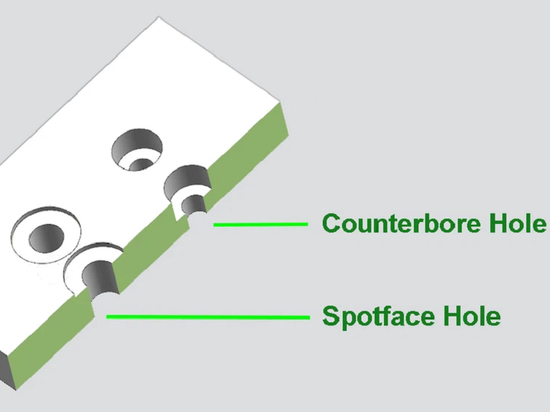
#Industry News
Surface Treatments for Aluminum Stamping Parts
6 types of common surface treatments
1. **Anodizing**
Anodizing is a popular method for treating the surface of aluminum stamping parts. It increases the hardness of the aluminum, making it more resistant to wear, while also enhancing its appearance and allowing for color customization. This process forms a protective oxide layer on the aluminum through an electrical treatment in a special solution.
2. **Electroplating**
Electroplating involves adding a metal coating, such as nickel or chrome, onto the surface of aluminum. This enhances the aluminum’s strength and resistance to corrosion and wear. Since aluminum can react with chemicals, it is usually given a base coat, like zinc, before electroplating to improve adhesion of the metal layer.
3. **Powder Coating/Painting**
Powder coating involves spraying a fine powder onto aluminum parts, which are then heated to help the powder bond and form a solid layer. This coating not only improves the aluminum's appearance but also provides extra protection. Available in a variety of colors and finishes, it can be made to look glossy or textured. Proper cleaning of the surface is crucial to ensure good adhesion.
4. **Sandblasting**
Sandblasting involves spraying sand onto the aluminum parts to create a rough, matte finish. It’s often used to improve the visual appeal of aluminum, with different sand types providing varied textures.
5. **Polishing**
Polishing gives aluminum parts a shiny, reflective surface, similar to a mirror finish. This is achieved by using specialized powders or materials to smooth the surface. While polishing aluminum is less common than polishing stainless steel, it can produce a highly attractive finish.
6. **Brushing**
Brushing involves using sandpaper or specialized brushes to create lines or textures on the aluminum surface. This technique is popular for decorative aluminum items. However, brushed aluminum can oxidize more easily, so it’s often combined with anodizing to help prevent rust.
For more information, click the link below to read the full article.







